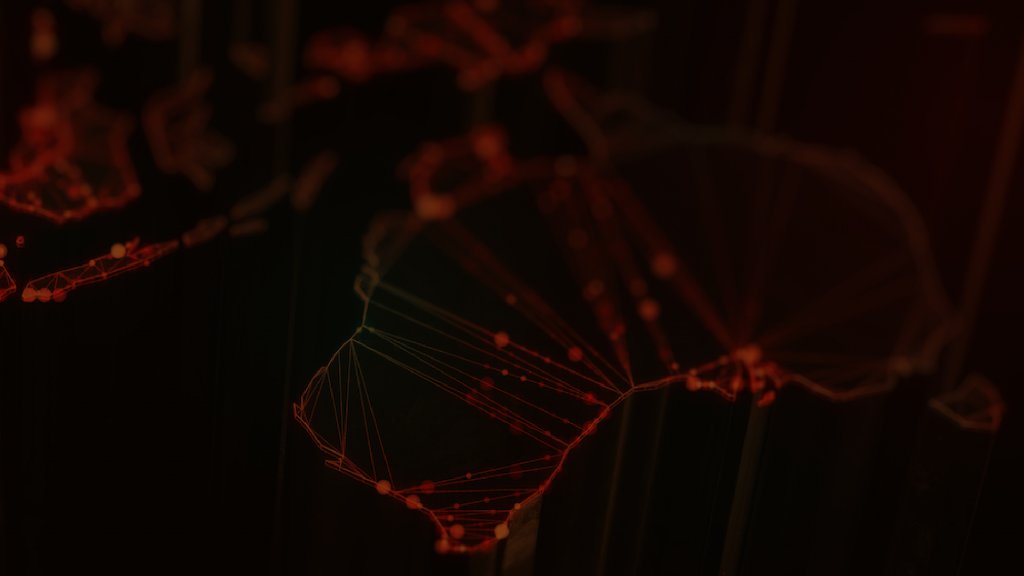Speaker Spotlight: Andrew Tongue, Deputy Secretary Biosecurity Compliance

Andrew Tongue
Deputy Secretary Biosecurity Compliance
Department of Agriculture, Water and the Environment
Ahead of the 7th Annual Australian Security Summit 2021 , we sat down with one of our keynote speakers – Andrew Tongue, who is the Deputy Secretary Biosecurity Compliance at the Department of Agriculture, Water and the Environment. We asked about department’s priorities for 2021-22, the most pressing threat to national security within their remit, and what Andrew’s address will cover at the event.
Achieving organisational priorities in 2021-22
Q : Thank you for joining us Andrew. Firstly, as you’re aware, COVID-19 has created an increasingly complex operating environment for Australia’s defence, security and justice agencies. Emerging threats across cyberspace, border management, public safety and military tensions present ongoing challenges for frontline agencies. What are the department’s priorities in 2021-22? What are your goals and how do you intend to achieve them?
A : Australia’s biosecurity system is critical to protecting Australia’s $71 billion agricultural, forestry and fisheries production, $51 billion in agricultural, fisheries and forestry exports, and $5.7 trillion in environmental assets, from the world’s worst exotic pests and diseases.
The Australian Government’s recently released Commonwealth Biosecurity 2030 sets out a roadmap for protecting Australia’s environment, economy and way of life, including key strategic actions and clear deliverables. To support delivery of the roadmap, as part of Budget 2021-22 the government announced a biosecurity investment package of more than $400 million.
On top of our business as usual, delivering against this substantial funding boost is our priority for 2021-22. We have a big work program ahead of us to continue reforming and modernising our biosecurity system. We’re building a risk-based system that effectively, efficiently and sustainably protects Australia’s health, economic, environmental and security interests against the threats of today and tomorrow.
Mitigating biosecurity risks to protect Australia's borders
Q : Over the last 18 months, we’ve seen public sector agencies from across levels and areas of government come together to coordinate emergency response and border operations. However, despite this collaboration, each organisation has their own sector-specific goals. In the cyber portfolio, what is the most pressing threat to national security? What needs to be done to mitigate this risk?
A : Australia is part of a complex, diverse and changing world; interacting geopolitical and geophysical changes are increasing Australia’s biosecurity challenges. Managing our biosecurity risks is becoming more complicated as there is an increase in pest and disease pressure; it’s moving closer to us, and it’s constantly evolving. Historically, our systems were built for managing a small number of threats that tended to evolve slowly (if at all). We now face multiple threats on multiple fronts, including from our near north.
We are working on the assumption we will have a major pest or disease incursion this decade. Therefore, we are looking to ensure our preparedness, response and recovery systems are strong. This involves “defence in depth”; having a multi-layered system to deal with threats pre-border, at the border, and post-border. We need to work closely with all our stakeholders, including the general public, to identify and mitigate biosecurity risks.


































